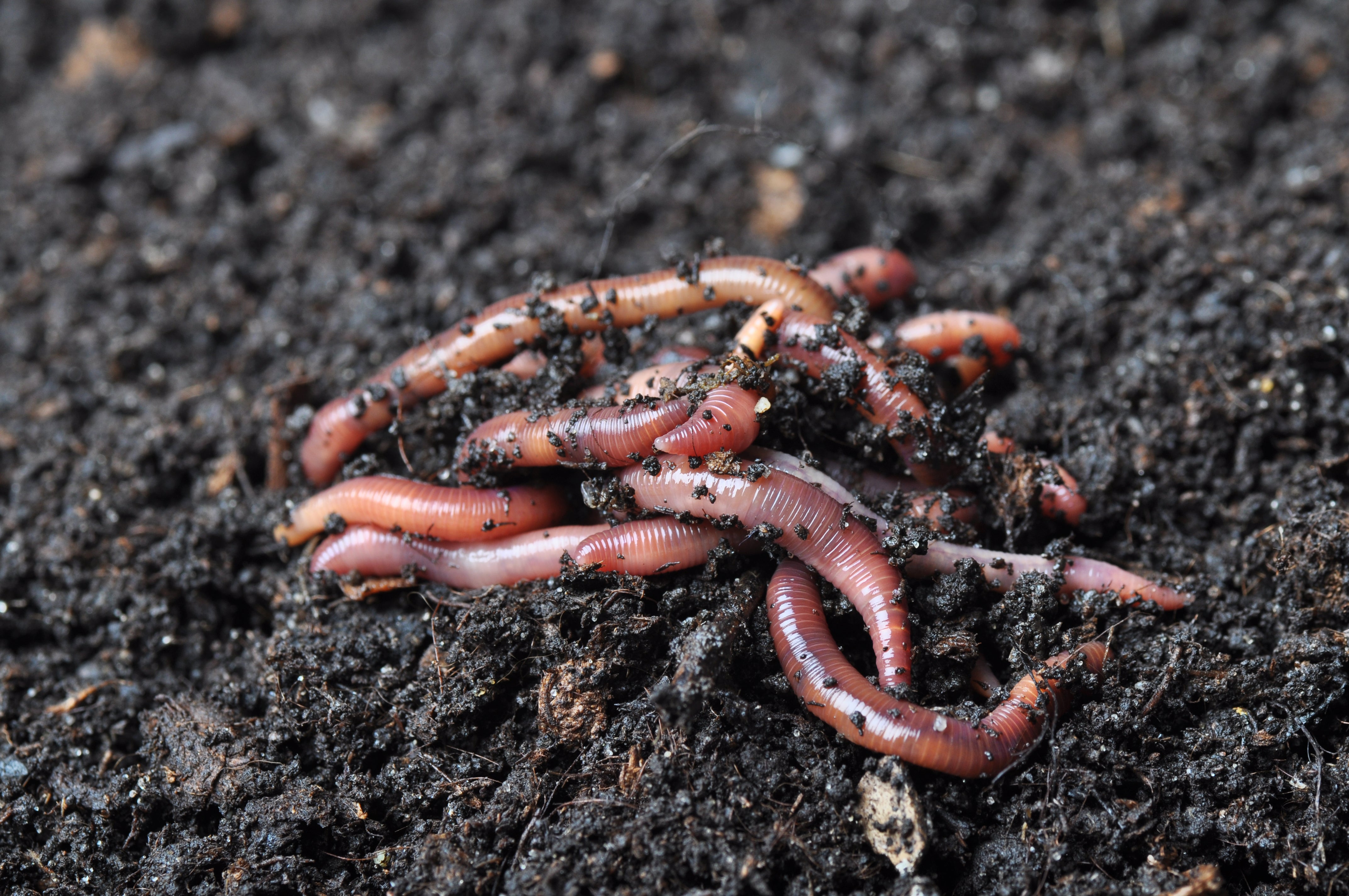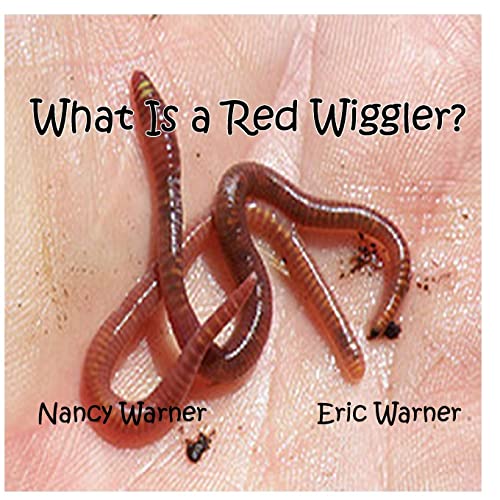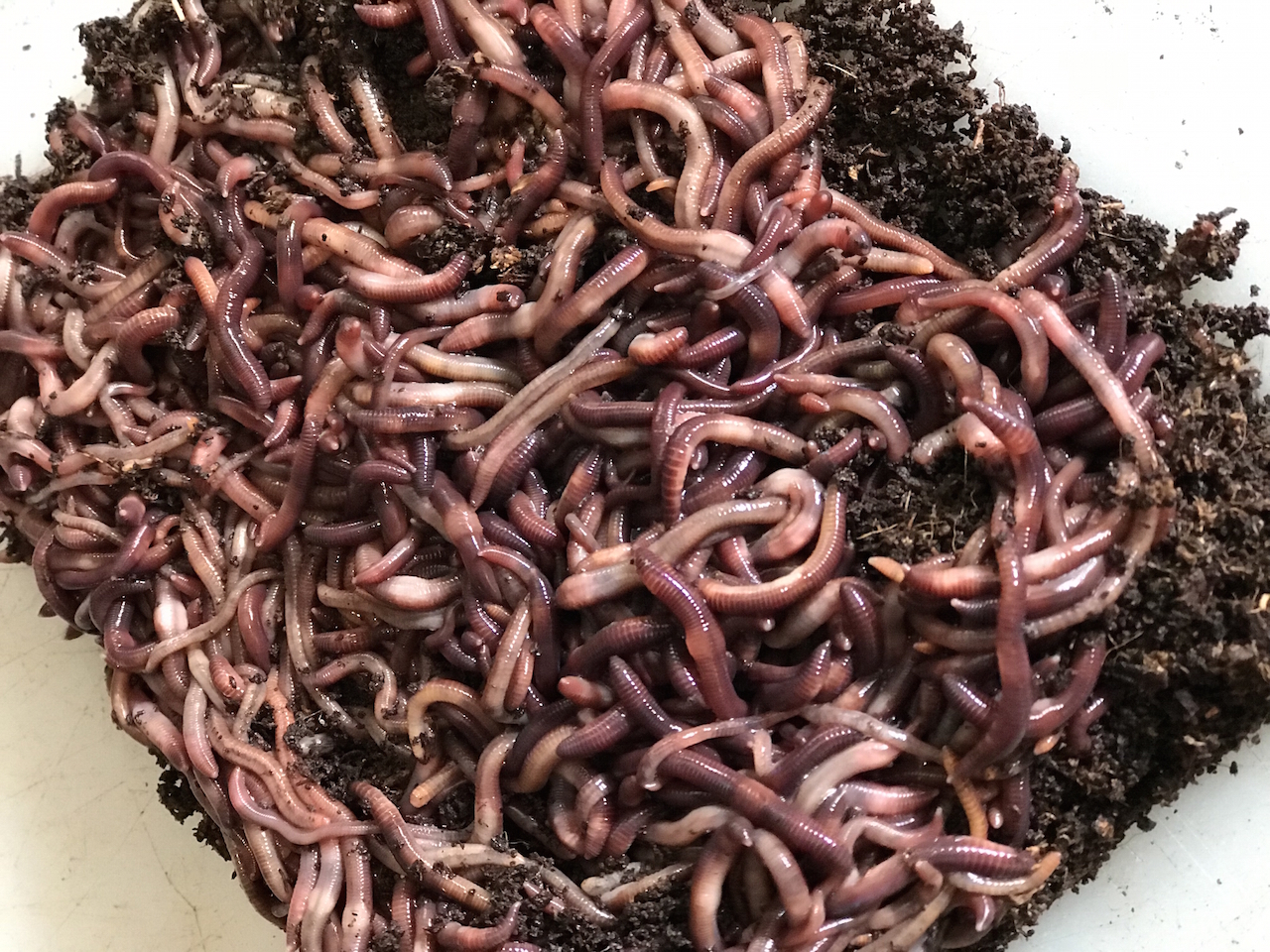Lake Hickory Bait Provides the Resources You Need for a Perfect Lawn
Lake Hickory Bait Provides the Resources You Need for a Perfect Lawn
Blog Article
Just How Red Wigglers Can Transform Your Composting Experience
The assimilation of red wigglers into composting techniques provides a transformative technique to lose monitoring and soil enrichment. Comprehending the specific demands and benefits linked with maintaining a growing worm population is critical for maximizing their potential.
Advantages of Red Wigglers
Red wigglers, clinically called Eisenia fetida, are a keystone of reliable composting systems due to their impressive capacity to decay natural issue efficiently. These worms master transforming kitchen scraps, lawn waste, and other organic products right into nutrient-rich compost, frequently referred to as worm castings. Lake Hickory Bait. This procedure not only reduces garbage dump waste however also adds to lasting gardening techniques
Among the main benefits of red wigglers is their high recreation price, enabling them to occupy a composting atmosphere promptly. This fast multiplication enhances disintegration prices, causing faster compost manufacturing. Furthermore, red wigglers thrive in a varied range of problems, making them adaptable to numerous composting configurations.

Establishing Up Your Worm Container
(Red Wiggler Express)To develop an efficient worm container for composting, careful interest must be provided to its layout and atmosphere. An optimal worm container need to be constructed of products that are durable yet permit for required air movement, such as plastic or wood. The size of the container can vary, yet a volume of around 1 square foot per pound of worms is an excellent starting point.
Make certain that the container has drain holes to stop water accumulation, which can lead to anaerobic conditions destructive to the worms. Additionally, including ventilation openings will help preserve correct humidity degrees and oxygen circulation.
Next, it is important to supply bedding for the worms, which can include shredded newspaper, cardboard, or coconut coir. This bed linens not only uses an environment for the worms however additionally help in dampness retention.
Placement the worm container in an area that keeps a temperature level series of 55-77 ° F(13-25 ° C) to maximize worm task. Stay clear of positioning the container in straight sunshine or severe temperature levels. By adhering to these standards, you can develop a helpful environment for red wigglers, enhancing the effectiveness of your composting procedure.
What to Feed Your Worms

(Charlotte NC Worms For Sale)Red wigglers particularly enjoy soft, moist foods like watermelon peels, cucumber peels, and banana peels. It is important to stay clear of feeding them citrus fruits, onions, and garlic, as these can be destructive to their wellness. Additionally, prepared foods, dairy products, and meat must be strictly prevented, as they can result in smells and bring in bugs.
To maintain optimum problems, it's suggested to slice larger scraps right into smaller sized items, assisting in quicker decay. Start by presenting little quantities of food and keep an eye on the worms' intake price; adjust as necessary to avoid overfeeding, which can create a harmful setting. Giving a consistent feeding schedule will certainly aid keep your worm population flourishing while improving the overall performance of your composting efforts. By comprehending what to feed your worms, you prepared for a successful and sustainable composting experience.
Maintaining a Healthy Environment
Developing a flourishing composting atmosphere for red wigglers calls for focus to their habitat, as it directly influences their health and wellness and efficiency. The excellent habitat ought to maintain a balanced wetness degree, typically between 60-70%. Excessive moisture can result in anaerobic conditions, while inadequate wetness may dry out the worms.

The bed linen material in the compost ought to be diverse and shredded, including products like cardboard, paper, and coconut coir. This not only offers a comfortable environment yet additionally works as a food resource. Lake Hickory Bait. Frequently inspecting for smells or indications of bugs can assist identify possible problems before they intensify
Lastly, keeping a balanced pH degree, ideally in between 6 and 7, makes sure a conducive environment for red wigglers, fostering their capacity to process raw material efficiently. By attending to these variables, you can develop a sustainable and effective composting community.
Harvesting and Making Use Of Compost
Gathering garden compost from a worm bin is a fulfilling process that changes natural waste into nutrient-rich product for yards and plants. Once the composting cycle is total, typically after 8-12 weeks, it's time to gather the vermicompost. The initial step includes dividing the red wigglers from the finished compost. This can be done making use of methods such as the "light" technique, where worms are brought in to light and can be scooped away from the top layers, or by moving the garden compost away of the bin and adding fresh bed linens to the opposite, motivating the worms to migrate.
When the worms are eliminated, the continuing to be compost can be sifted to eliminate any type of bigger fragments or undecomposed product. This abundant garden compost can be used straight to yard beds, combined into potting soil, or made use of as a top clothing for potted plants.
Verdict
Incorporating red wigglers right into composting practices dramatically enhances the disintegration process and contributes to the manufacturing of nutrient-rich vermicompost. The resulting worm castings enhance dirt structure, fertility, and microbial task, inevitably promoting much healthier plant growth.
Report this page